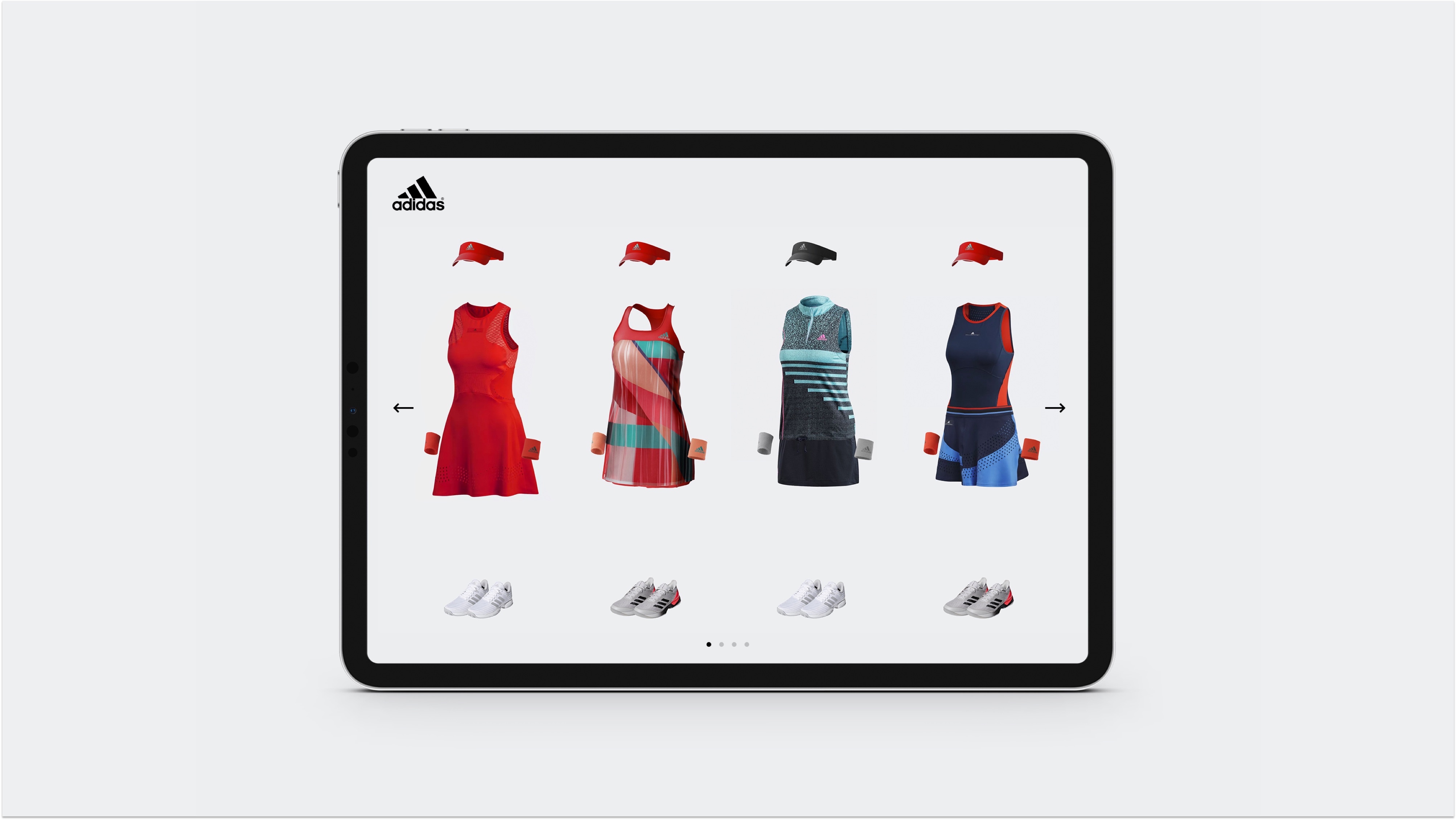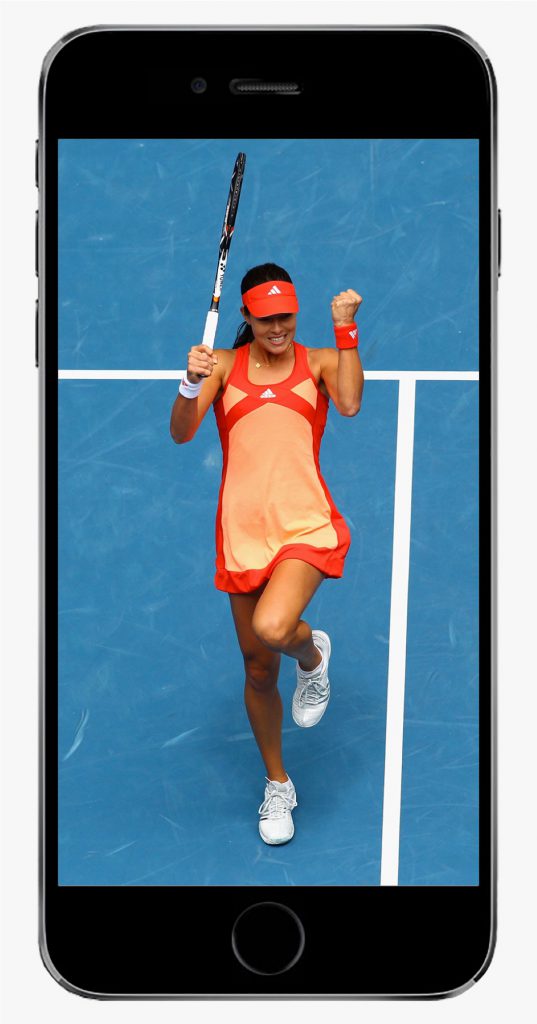How to master dynamic customer journeys?
Customer journeys are becoming more varied and complex than ever. Journeys are increasingly, as Google puts it, “as unique as each customer”. With that comes a growing need for more tailored content. And a pressure on brands to start producing, targeting and optimizing their content in ways to keep consumers engaged. It’s no longer about the one perfect journey or brand campaign or video; it’s about personalisation.
Platforms like Google argue the case for providing each individual with personal and relevant ads, instead of one to many. Facebook, on the other hand, still believes in the power of groups. What’s certain is that, thanks to latest technology, we’ve come to the end of the generic ad that serves everyone.
Leverage data
The move to digital has facilitated the collection of larger amounts of data on consumers and online behavior. Facebook and Google alone have a staggering 9.3gb of data on an average consumer. Dynamic customer journeys is able to leverage this available data to improve customer experience. Putting aside reservations towards data and privacy for one moment, what’s interesting about it is that is actually works. And really well.
Be personal
70% of consumers claim to prefer content and ads that are tailored to previous shopping behavior and personal interests. Up until now, the kinds of variables that have been personalized were mainly focused around the ad copy – for instance, location and time – but in future, other parameters will likely be pulled in. This was seen in Heinken’s 2018 Spring campaign from Boomerang and Storyteq, in which ads were personalized based on location, weather, number of terraces open nearby and the age of the viewer. Heineken saw their click-through rate jump up by 210%.
StoryTeq found that people tend to click on content more often when they are triggered by their personal information up front. Mostly the campaign was a further proof of concept, that dynamic customer journeys work. And not only is personalization valuable, it has become expected. But how, you may ask, do you create all those ad versions?
Enter CG
Flexible ad content is easy and already covered by existing tools. The interesting part is to dynamically adjust actual products within the branded content, and this is where CG comes in. Let’s say, for instance, a consumer clicks on a personalized ad, which takes them to a retailer website. For the sake of this example, let’s say the ad is of a female tennis player wearing a dress from the upcoming fashion season. It could just as easily be a hat, or shoes or a tennis racket.
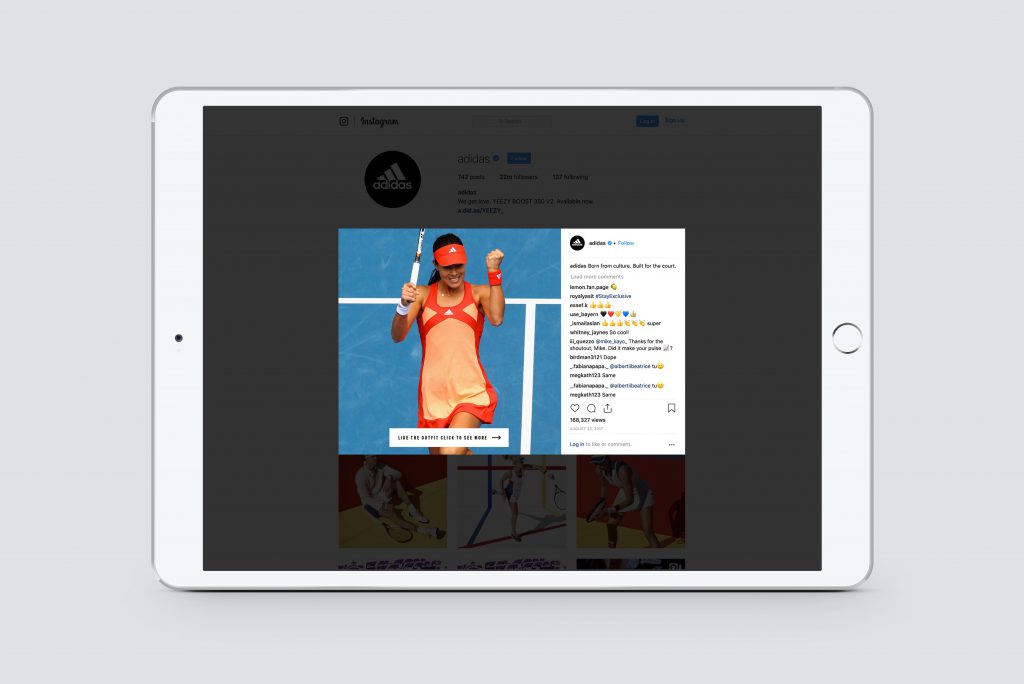

Once the consumer reaches the website, perhaps they’ll browse other colour or pattern options of that particular dress. Maybe the site has a “you might also like” feature – recommending a pair of shoes or a visor to complete the outfit – which sparks the user’s interest, and leads them to explore colour and style options for those products, too.
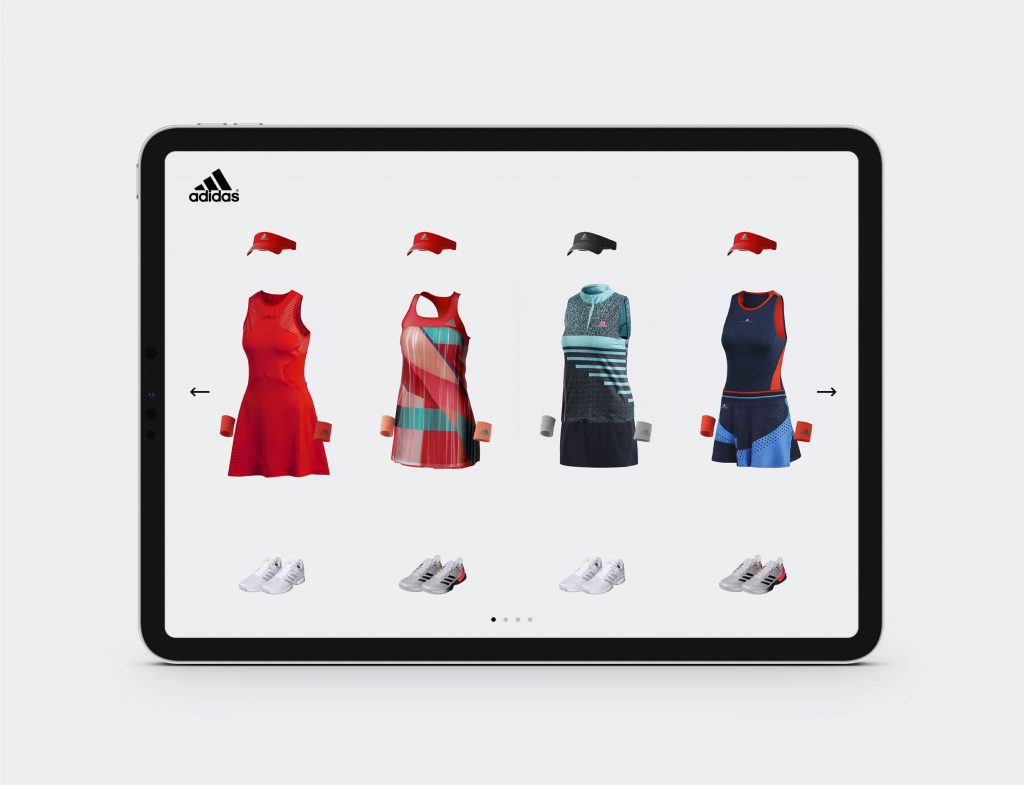

Smart content
Whatever preferences the user plays around with on the retailer website is what kicks off the automated process of visual ad creation. Thanks to CG, it becomes possible to adjust creatives based on insights from the user’s behaviour. In other words, we can optimize and retarget the original ad based on their favourite items and website activity.
People-first thinking
Interestingly, research by Marketo shows that 79% of consumers say that they are only likely to engage with an offer if it has been personalized to reflect previous interactions the consumer has had with the brand. And you can even go one step further by connecting the user real-time to store opening hours or geo-location. All relating to the items the user was exploring on the website.
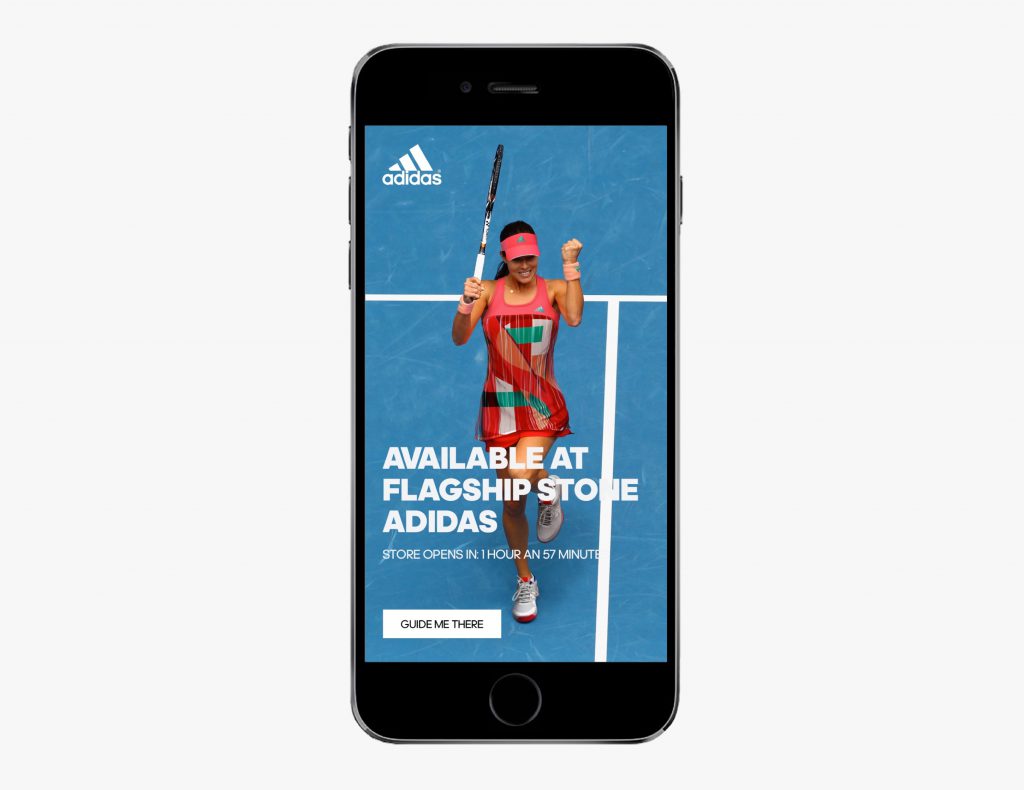

Is there a limit to targeting?
Brand assumptions about target audiences are not always accurate. And so, while personalization is key, platforms like Facebook argue that micro-targeting is not. In tests carried out with equal budgets, they saw 31% more incremental purchase intenders by targeting a broad target versus a smaller, more precise one.
Targeting a broader audience is not only is it less expensive, but in order to grow your brand, it’s vital to discover new audiences. Putting trust in machine learning, such as the Facebook algorithm, which tests and finds the right audience for a brands offering at scale is a surer way of avoiding blindspots.
A fragmented customer journey
We’re in an age of unprecedented curation. A world in which every individual customer has a unique customer journey. The once linear “touch – tell – sell” funnel is breaking down, and with it the lines between stages are blurring. This creates a necessity to build content around a variety of journeys, which is where CG rises to the challenge.
As Michael Griffin, founder and CEO of Adlucent, puts it: “The age of irrelevant advertising is coming to an end, thanks to both increasing consumer demand for personalization, and access to technology and data that makes it possible.” Brands who aren’t able to keep up with the growing demands of personalization risk quickly falling behind.
How we work
What generally happens today is brands will generate all the different variations, which a media company then pushes out over Facebook, Google, Amazon and other channels. We’re partnered with agencies like Boomerang – a creative agency that specializes in connecting brands and people – as well as dynamic video marketing experts, StoryTeq, the guys who track the pixels. Together, we seamlessly create powerful, easily adaptable ads, with endless variations, and follow which products generate most traffic to optimize again and again.
Stay connected
If you’d like to receive more articles like these, you can sign up to our newsletter or follow us on Twitter @INDG
Note: All images are mock-ups for the purpose of this article only.


